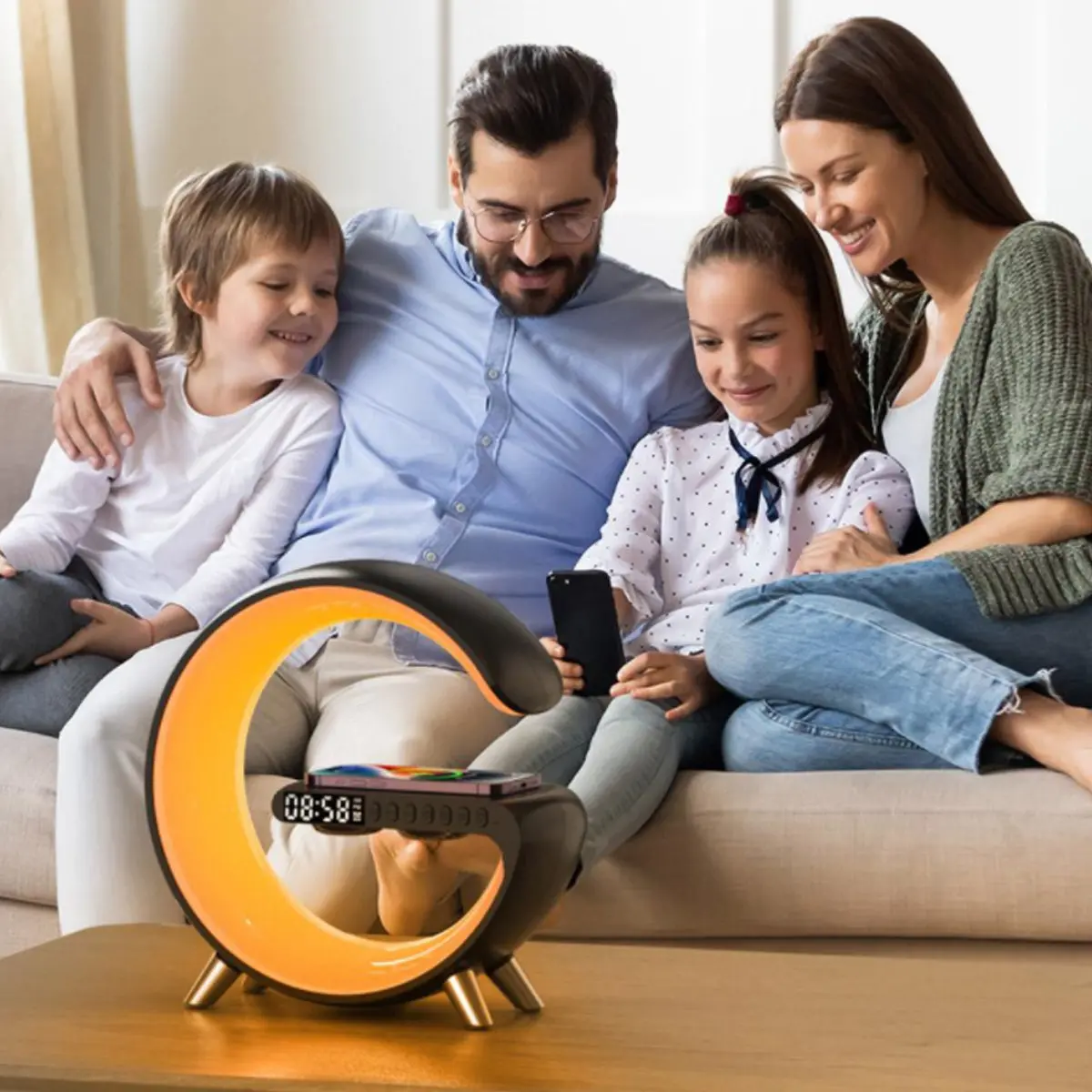

In today’s fast-paced world, turning your home into a smart home can greatly simplify your daily routine, enhance security, and improve energy efficiency. A smart home integrates various devices and systems that you can control remotely or automate based on specific conditions, providing convenience and efficiency. With advancements in technology, it’s never been easier to create a connected and intelligent living space. This guide will take you through the process of transforming your home into a smart home, from understanding the basics to installing and optimizing your new system.
Before diving into the process of upgrading your home, it’s essential to understand what a smart home is. A smart home is equipped with connected devices that communicate with each other via the internet. These devices are controlled through apps on your smartphone, voice commands via smart assistants (like Alexa, Google Assistant, or Siri), or automation triggered by certain conditions (such as turning off lights when you leave the house).
Some common categories of smart devices include:
The goal is to create an environment where technology works seamlessly to improve your comfort, security, and energy management.
The first step in converting your home into a smart home is identifying which areas of your home life you want to improve. For example:
Create a list of your priorities, then research the specific devices and systems that will best address them. This will help you focus on the most important aspects first and avoid overspending on gadgets you may not need.
A smart home ecosystem is the platform that manages and connects all your devices. The most popular options include Amazon Alexa, Google Assistant, and Apple HomeKit. Each platform has its strengths and limitations, so it’s essential to pick the one that best aligns with your needs.
Once you’ve chosen a platform, ensure that the smart devices you purchase are compatible with that ecosystem to create a unified, easy-to-manage system.
Most smart home setups start with a hub or assistant, which acts as the central point to control and automate your smart devices. While not all smart homes require a dedicated hub, having one can make managing multiple devices more straightforward.
When converting your home into a smart home, it’s wise to start with small, cost-effective upgrades such as smart lighting and smart plugs.
Upgrading to a smart thermostat is one of the best ways to increase energy efficiency in your home. Smart thermostats learn your routine and preferences, allowing them to adjust the temperature automatically to save energy while keeping you comfortable. Popular models like the Nest Thermostat or Ecobee can also be controlled remotely via a smartphone app, so you can adjust the temperature even when you’re not home.
Beyond thermostats, you can invest in smart power strips or smart home energy monitors to track and manage your household’s energy consumption, helping you further reduce costs.
If security is a top priority, there are a variety of smart devices designed to protect your home. Here’s a breakdown of the main types:
Many major home appliances now come with smart technology that can help you save time and energy. From refrigerators that can notify you when you’re low on groceries to washing machines you can control from your phone, smart appliances are becoming more common and affordable.
Examples of smart appliances include:
To create a fully automated smart home, you’ll want to add sensors that can trigger actions when certain conditions are met. Smart motion sensors, for instance, can turn on lights when someone enters a room or send alerts if unexpected movement is detected while you’re away. Door and window sensors can be part of your security system, notifying you of breaches. Flood and leak sensors can help protect your home from water damage by alerting you to potential issues in real-time.
You can bring your entertainment setup into your smart home network. Smart TVs, streaming devices, and speakers can all be controlled through a smart assistant or app. For example, you can ask Alexa or Google Assistant to play music, change the TV channel, or stream your favorite show with just your voice.
Sound systems like Sonos or Bose offer smart speakers that integrate with your home’s ecosystem, allowing you to control music throughout the house.
Smart homes rely heavily on a strong and stable internet connection, as most smart devices are controlled via Wi-Fi. It’s crucial to ensure that your home has good Wi-Fi coverage, especially in areas where your smart devices are located. You might need to invest in a mesh Wi-Fi system, which can extend coverage across larger homes or spaces with Wi-Fi dead spots.
Turning your home into a smart home doesn’t have to be overwhelming. By starting small, choosing compatible devices, and integrating systems that enhance your lifestyle, you can gradually build a smart home that works for you. Whether it’s adding smart lights, upgrading to a smart thermostat, or installing a smart security system, the possibilities are endless.
Our team is dedicated to providing unparalleled service.
Your payments are secure with our private security network.
Your orders are shipped right to your doorstep